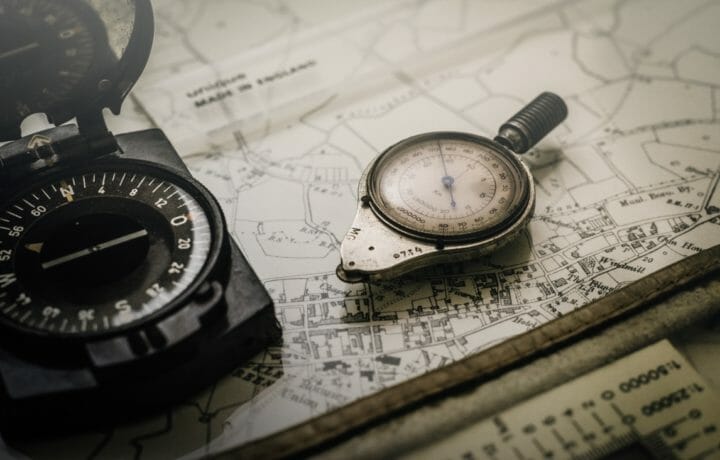Comets and asteroids. You might see a few flying across the sky and then not give them any more thought. But ultimately, did you know these inanimate “space gypsies” are out to kill you? Well, maybe not YOU specifically, but more of a general, non-hostile, “no insult intended,” whole Earth kind of way. Not that it will make too much of a difference to you. On the bright side, maybe such an event will give you some empathy with the dinosaurs? You see, if the Earth and a comet or asteroid got together, bad things would happen from the resulting collision.
But have no fear, technology and teens are coming to the rescue! Robots, looking for all the world like 12-sided Dungeon and Dragons dice, will battle asteroids and comets. According to this Space Daily article, high school students (yes, the same ones following The Bieber), are programming these world-saving volley ball-sized robot satellites. What we are looking at are comet-battling robot satellites programmed by people who aren’t allowed to vote yet.
The programmable robots are the desired outcome of a programming competition, Zero Robotics. The European Space Agency (ESA) sponsors European students in this competition, which will teach students how to program these robots. They then go head to head against US high school students in the battle for robot programming primacy. The competition is in its fourth year.
DARPA, NASA, and MIT define a relevant challenge for the competition each year. Students then figure out the programming required for a robot satellite using simulations. The actual robot, a SPHERE (Synchronized Position Hold Engage and Reorient Experimental Satellites), is a real satellite aboard the International Space Station. Competition finalists will see these SPHEREs in action, as the ISS broadcasts the competition. The SPHEREs will do exactly what the students programmed them to do, for better or worse. You can see the videos of the students’ hard work on the front page of Zero Robotics site.
There are limits in the competition for time, size, and resources. The students’ programs must allow the robots to be autonomous, so there will be no last minute “piloting” by the student team to keep the robot satellites on course. In the latest Zero Robotics competition, students must “save mankind from obliteration.” The details are listed in this game manual. Students are told within the manual that to attain such a humble goal as saving mankind, they can only use two methods to change a comet’s path: gravitational attraction or laser pellet repulsion.
Do these solutions sound far-fetched? Can comet-battling robot satellites really do anything to stop a literally earth-shattering event? There are websites out there, such as the Earth Shield Program, who are suggesting small objects might be able change an asteroid’s trajectory. And NASA is also sponsoring an asteroid redirect challenge with similar goals. Do they know something we don’t know? Maybe we should all start considering building that underground bunker.



